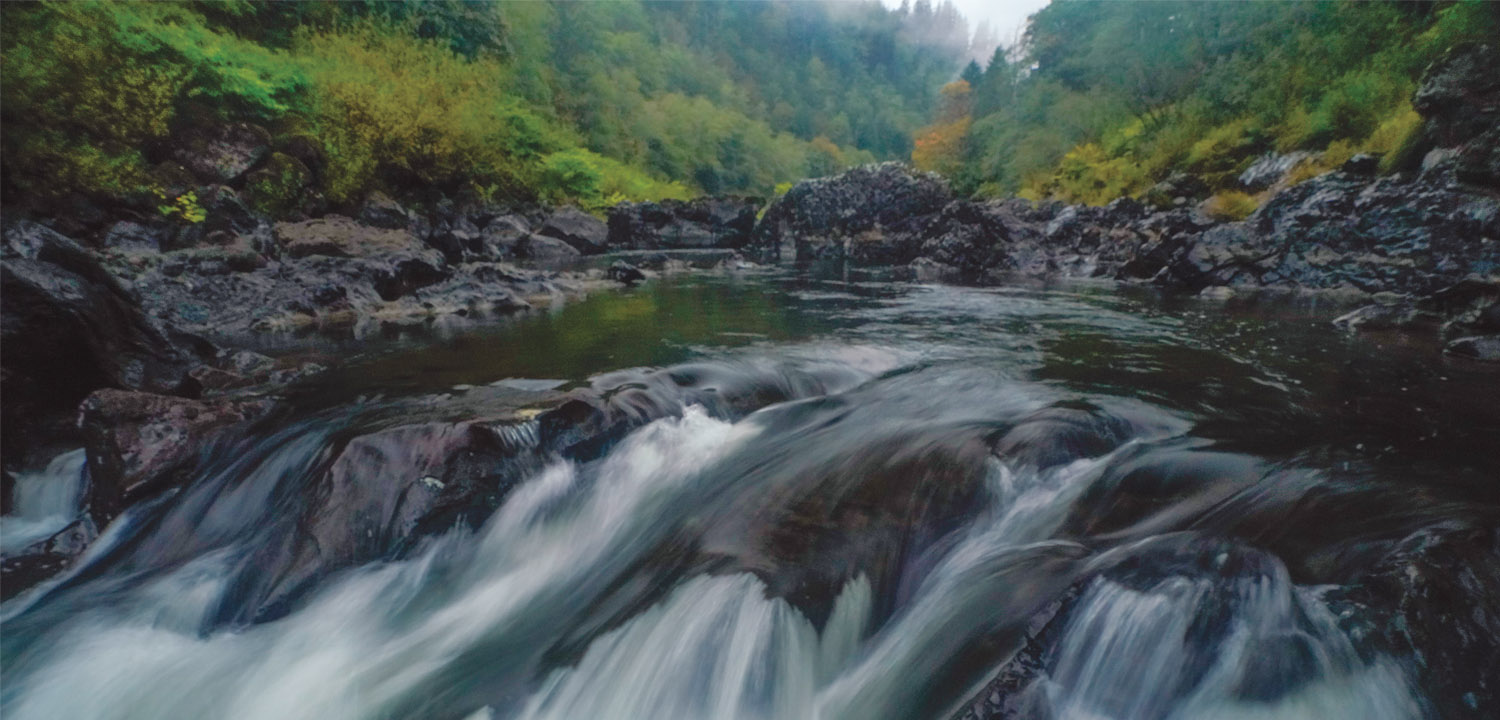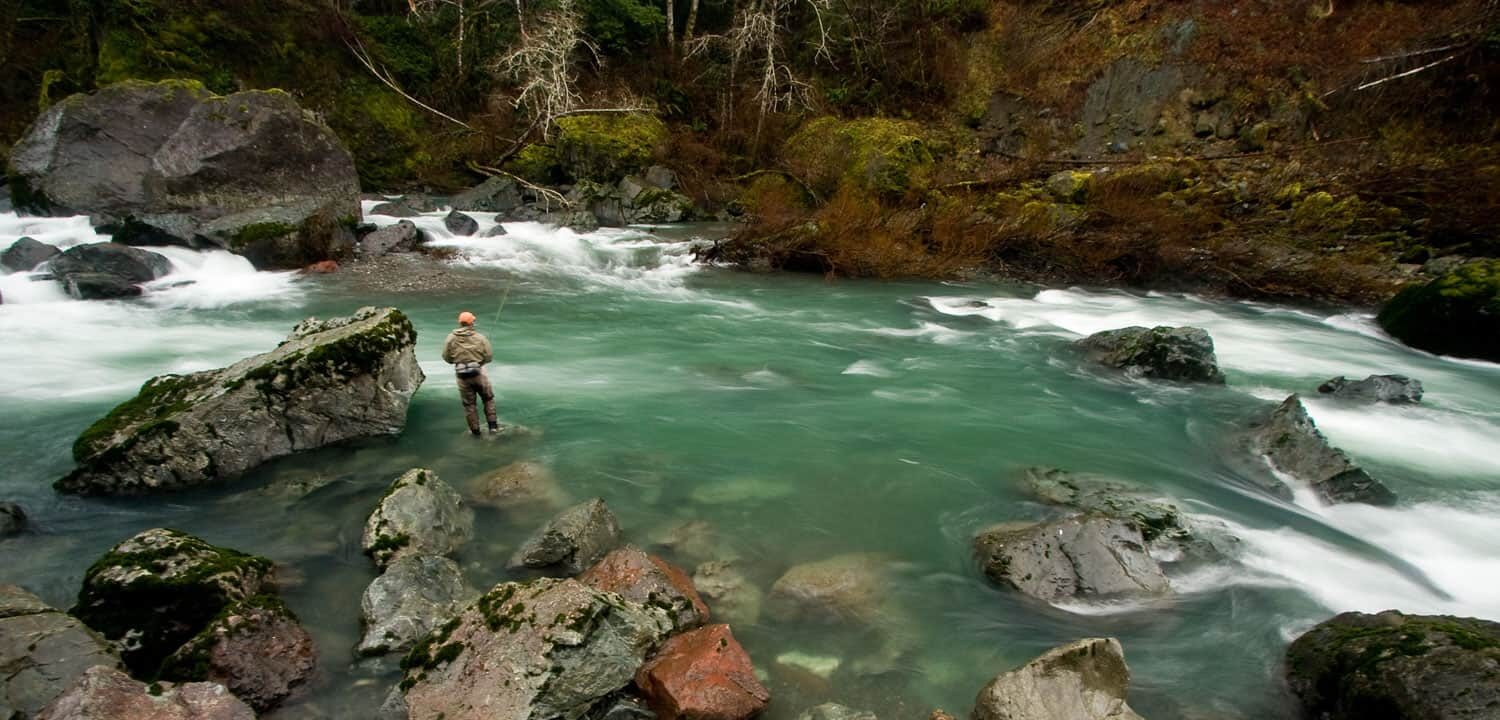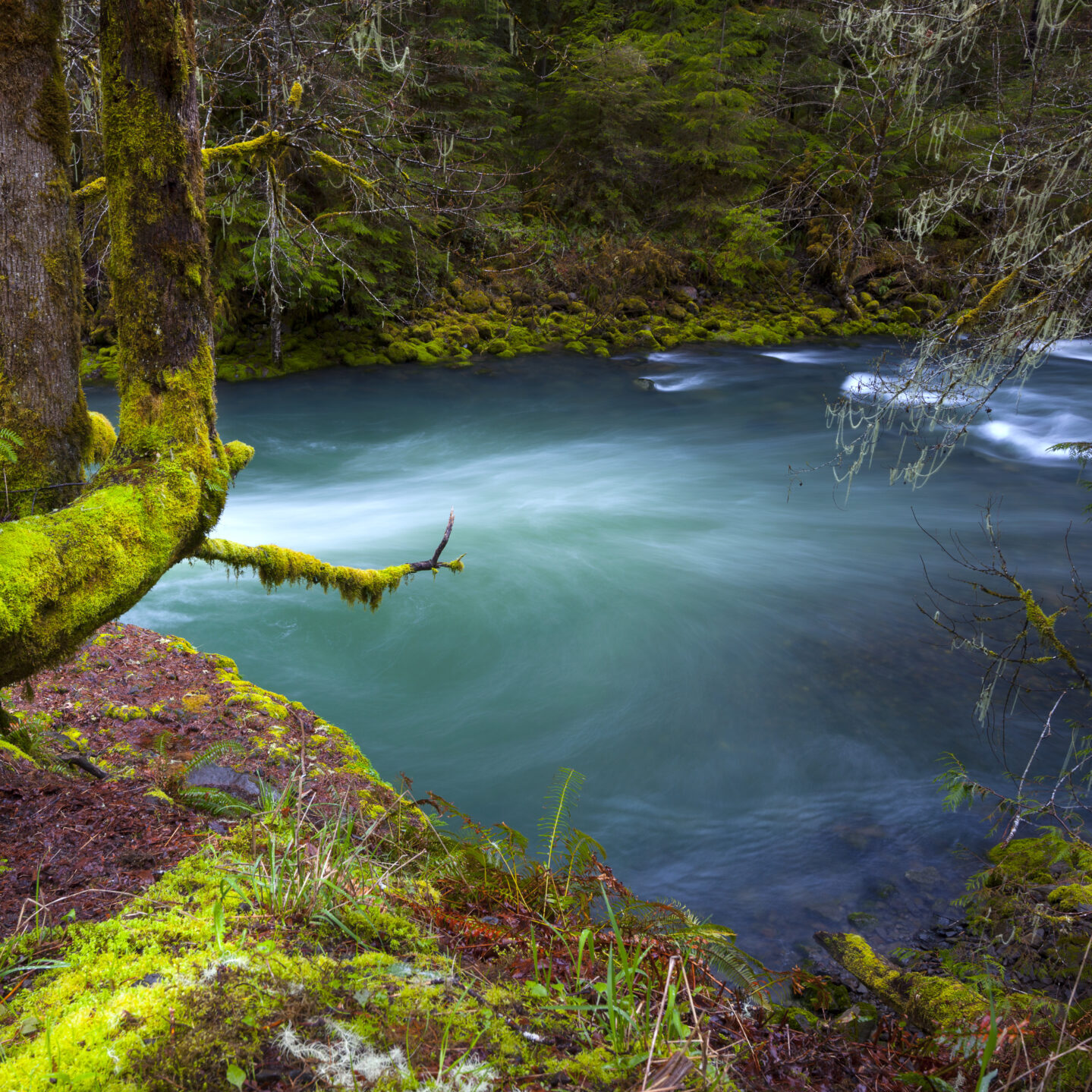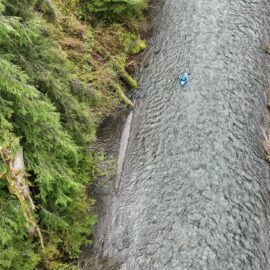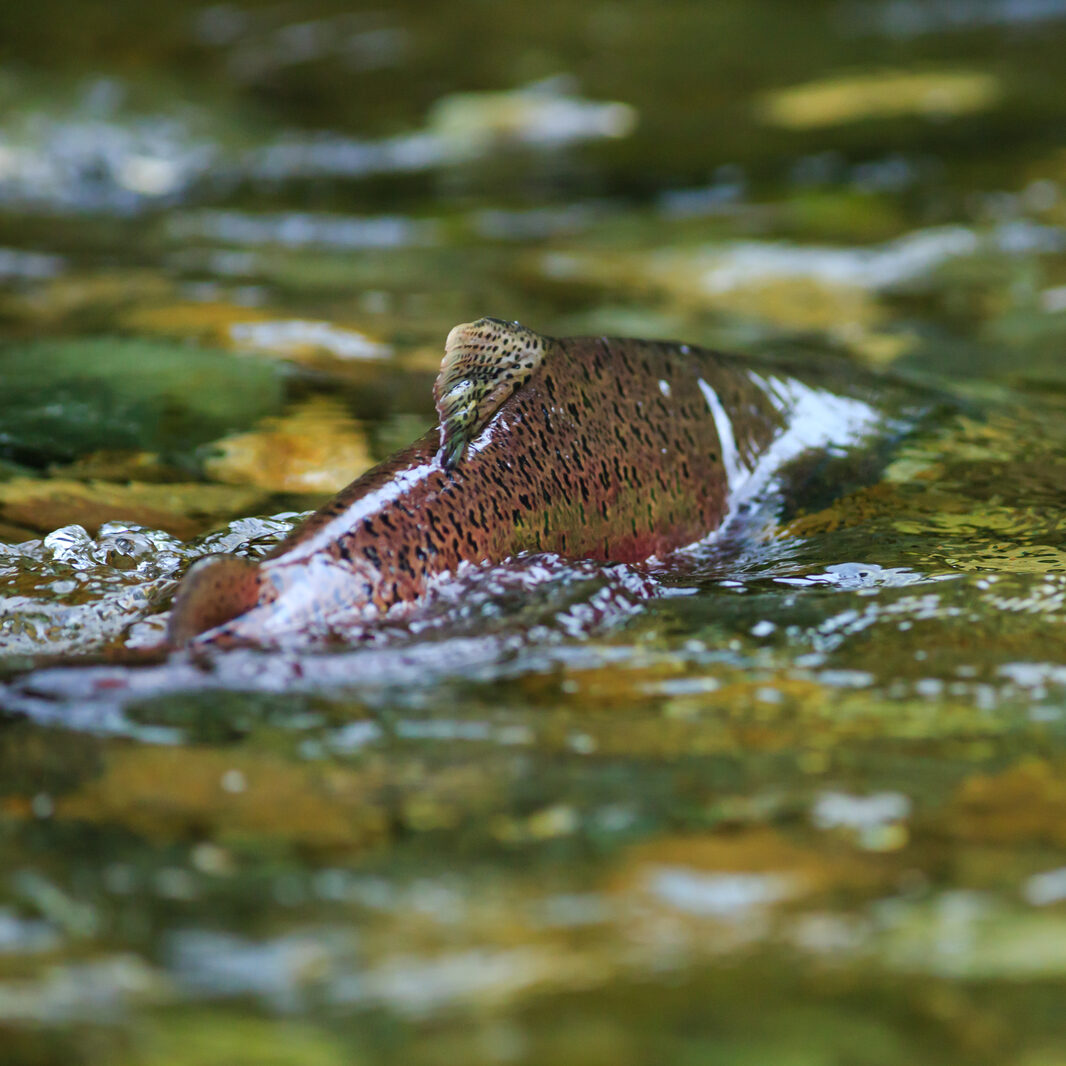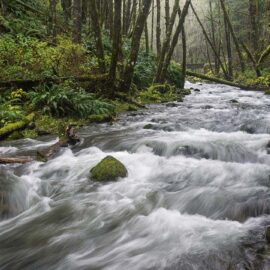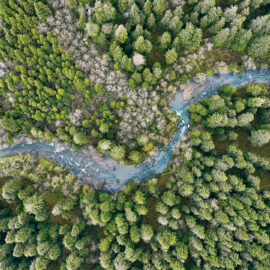Protecting coastal strongholds
The Oregon Coast represents the largest regional sanctuary for wild fish in the lower 48. Wild Salmon Center is strengthening this great collection of stronghold rivers from headwaters to sea in order to recover Oregon Coast salmon and steelhead populations. We work with public, private, and nonprofit partners to protect headwaters forests, conserve and restore lowland streams and wetlands, and reduce competition between hatchery fish and wild fish.
A plan for recovering coho
Wild Salmon Center has partnered with the Oregon Watershed Enhancement Board, Oregon Department of Fish and Wildlife, National Marine Fisheries Service, NOAA Restoration Center, and National Fish and Wildlife Foundation to build a business plan for the conservation of Oregon Coast coho. The plan for voluntary habitat protection and restoration projects, developed with local communities, will help recover threatened and endangered populations of coho. Learn more about coho recovery and our work with the Coast Coho Partnership at coastcoho.org and about our broader coastal restoration work in Oregon and Washington.
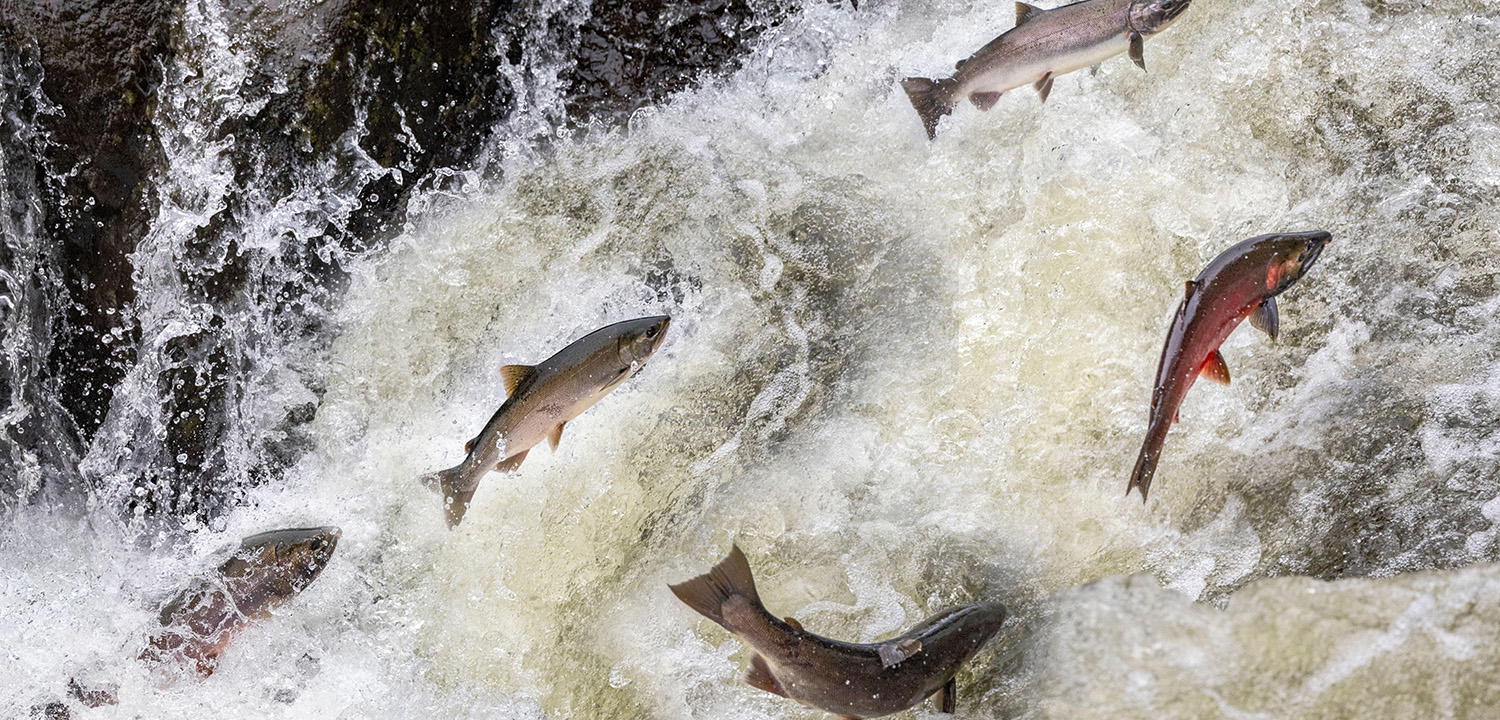
Safeguarding Tillamook headwaters
On Oregon’s North Coast, we need a new management plan for state forests, one that prioritizes watershed health and builds on our hard-fought 2022 victory for salmon on private forestlands.
The Tillamook Rainforest covers 518,000 acres of state lands and free-flowing rivers between greater Portland and the Pacific Ocean. Six rivers here—the Trask, Wilson, Kilchis, Miami, Nehalem, and Salmonberry—host extraordinary runs of wild fall Chinook and winter steelhead, as well as spring Chinook, coho, chum, and rainbow and sea-run cutthroat trout.
Thanks to leadership from Governor Kate Brown, a steady shift in politics in Salem, visionary members of the Oregon Board of Forestry, and relentless public pressure, the state is advancing a legacy plan to protect roughly half of the Tillamook—250,000 acres—in stream and forest reserves as part of the Oregon Habitat Conservation Plan.
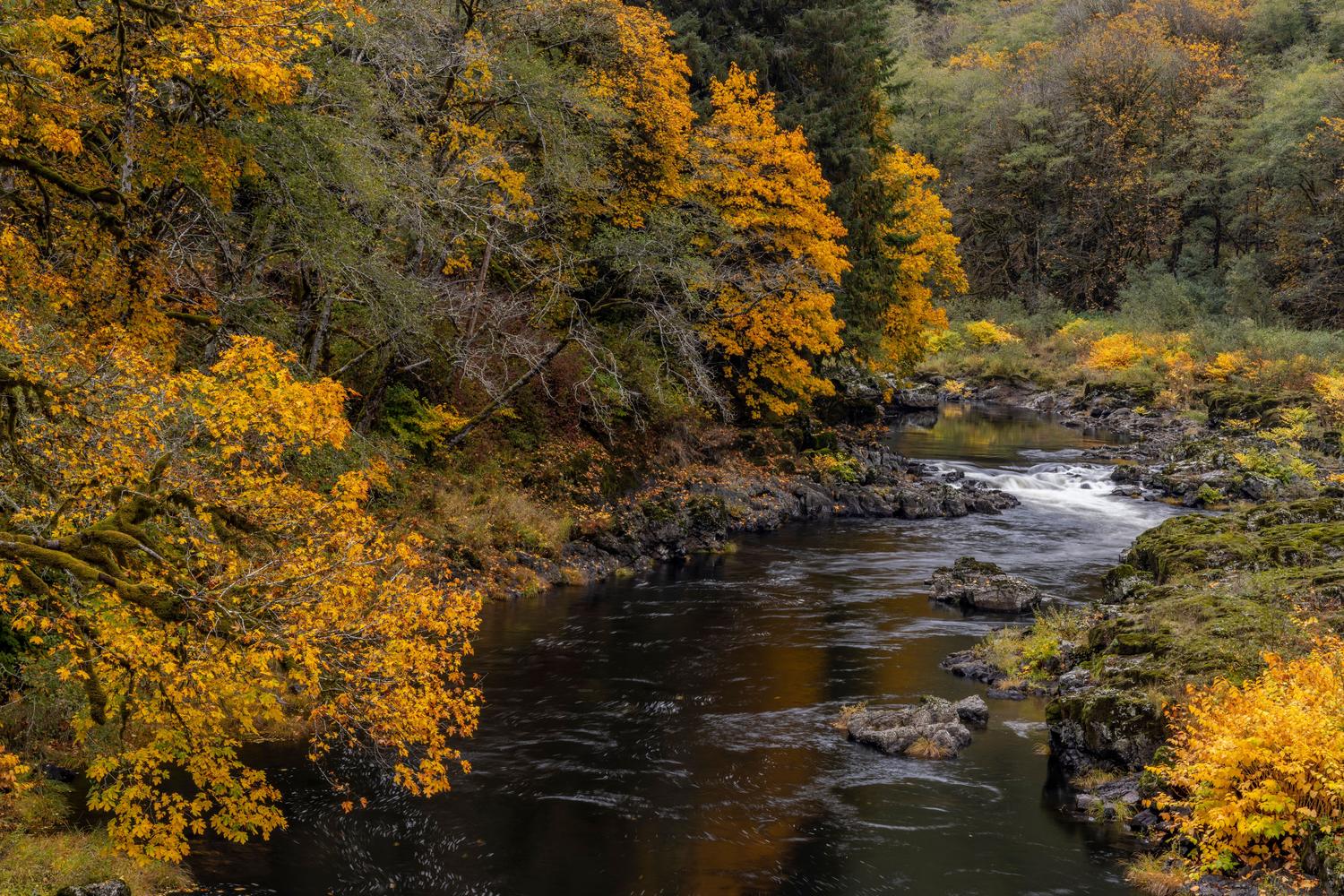
Keeping the Elliott State Forest public
The Elliott State Forest near Coos Bay is a coastal treasure consisting of 82,500 acres of public land that includes rare remnant old growth and critical habitat for Oregon coastal coho salmon. When the forest was at risk of being sold to a private logging company, a strong coalition of hunters, fishers, conservationists, and businesses fought to keep these public lands in public hands, resulting in the cancelling the sale of the Elliott in 2017. The Elliott finally achieved strong and durable protections in 2022 when the State Legislature established the Elliott as a nationally unique State Research Forest to be managed by Oregon State University, generating forestry, climate, and ecology research with global relevance.
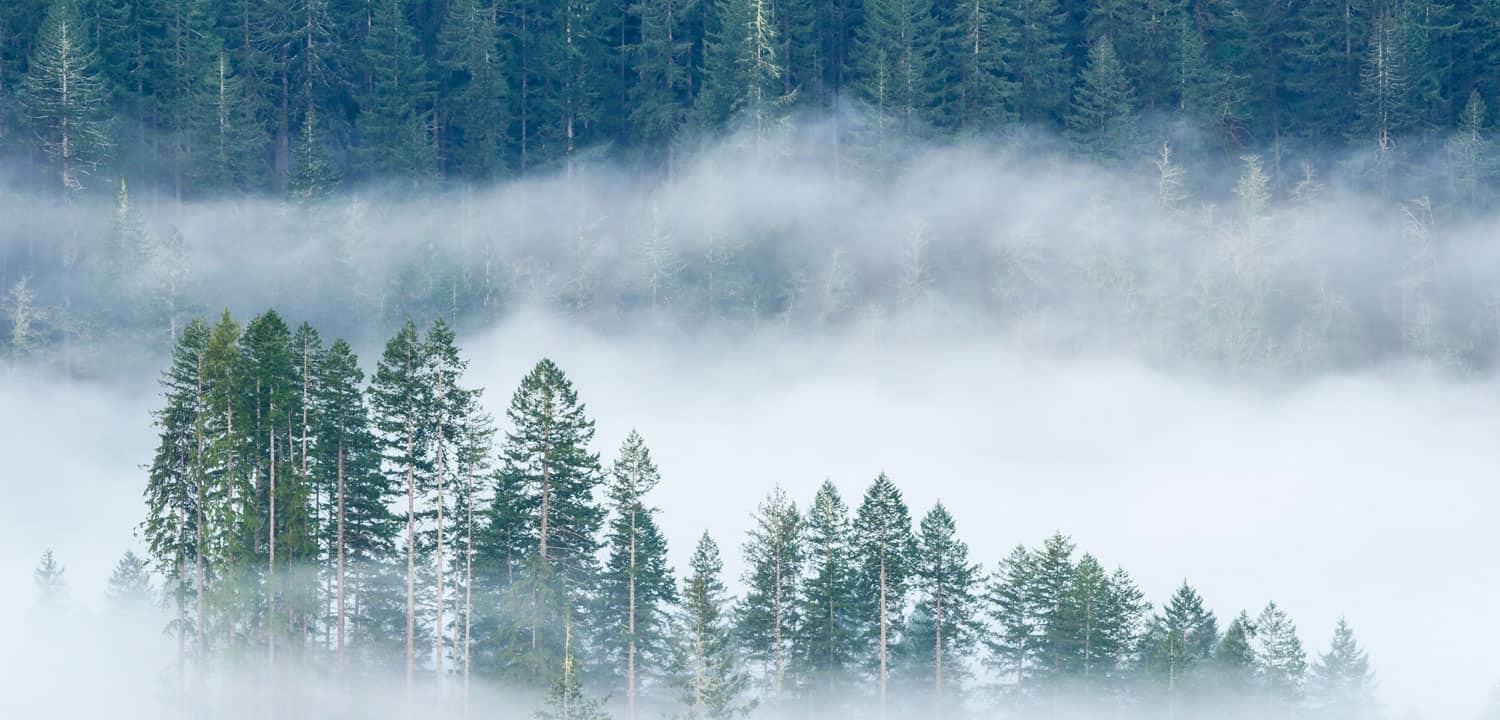
Creating coastal sanctuaries for wild fish
Wild Salmon Center believes hatcheries play an important role producing salmon for recreational and commercial harvest. But to protect diverse runs of wild fish, we should prevent the spread of hatcheries into rivers that support important wild salmon populations.
On the Oregon Coast, WSC has worked with public agencies and scientists to help establish the largest network of wild fish areas south of Canada. In 2014, Oregon set policy establishing “Wild Fish Emphasis Areas” on roughly half of the watersheds between the Rogue River and Columbia. And in 2021, the state expanded the network into southern Oregon.
In the coastal watersheds where hatchery programs remain, Oregon is also reducing hatchery releases and changing hatchery release locations and timing to avoid overlap with wild salmon migrations.
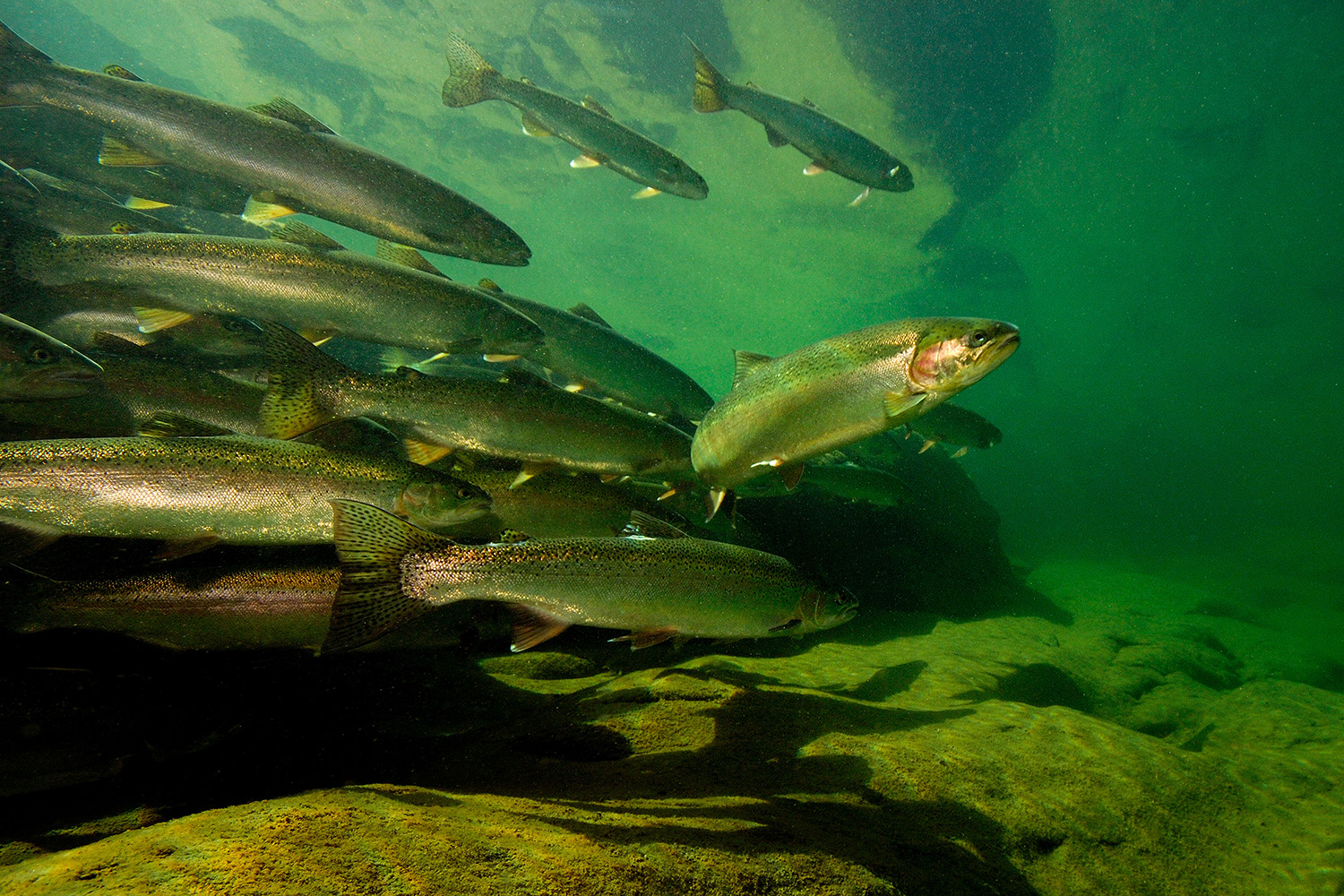
Conserving river flows for wild fish
Wild Salmon Center’s Oregon Water Initiative is focused on improving Oregon’s water rights system and finding solutions that make sense for all water users, while protecting streamflow for the state’s prized wild salmon. This work is critical, given the accelerating impacts of climate change on vulnerable salmon runs and the water needs of communities.
WSC’s Oregon Water Initiative aims to work with legislators to enhance streamflow protections under Oregon law and expand options for water users to improve water conservation and restore streamflow.
